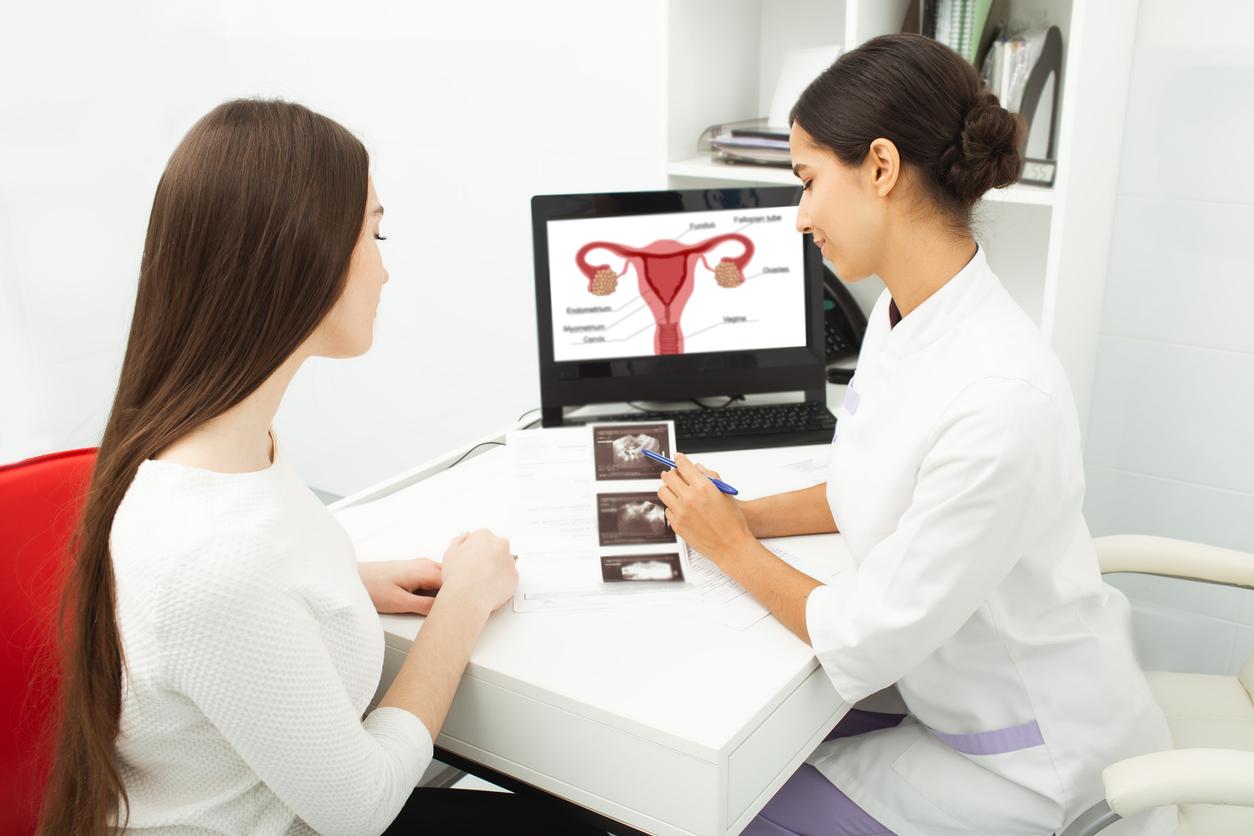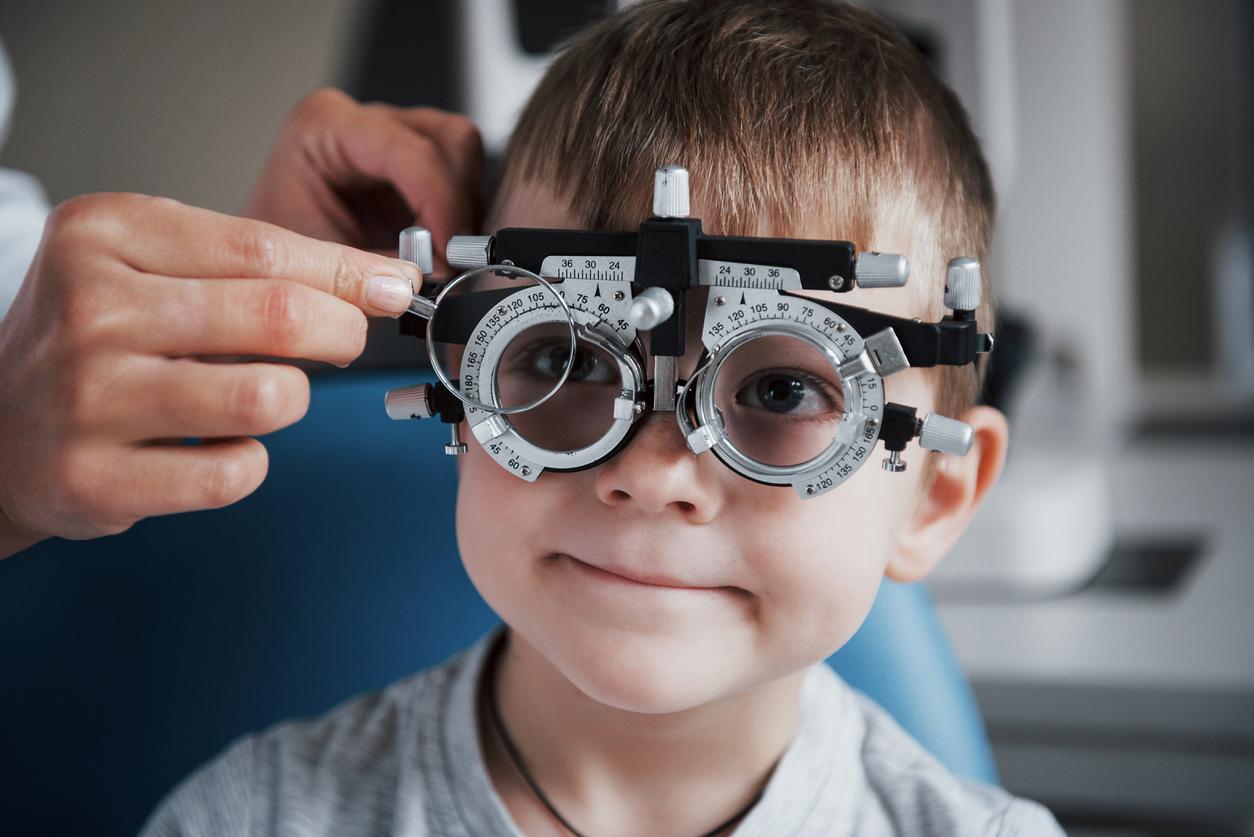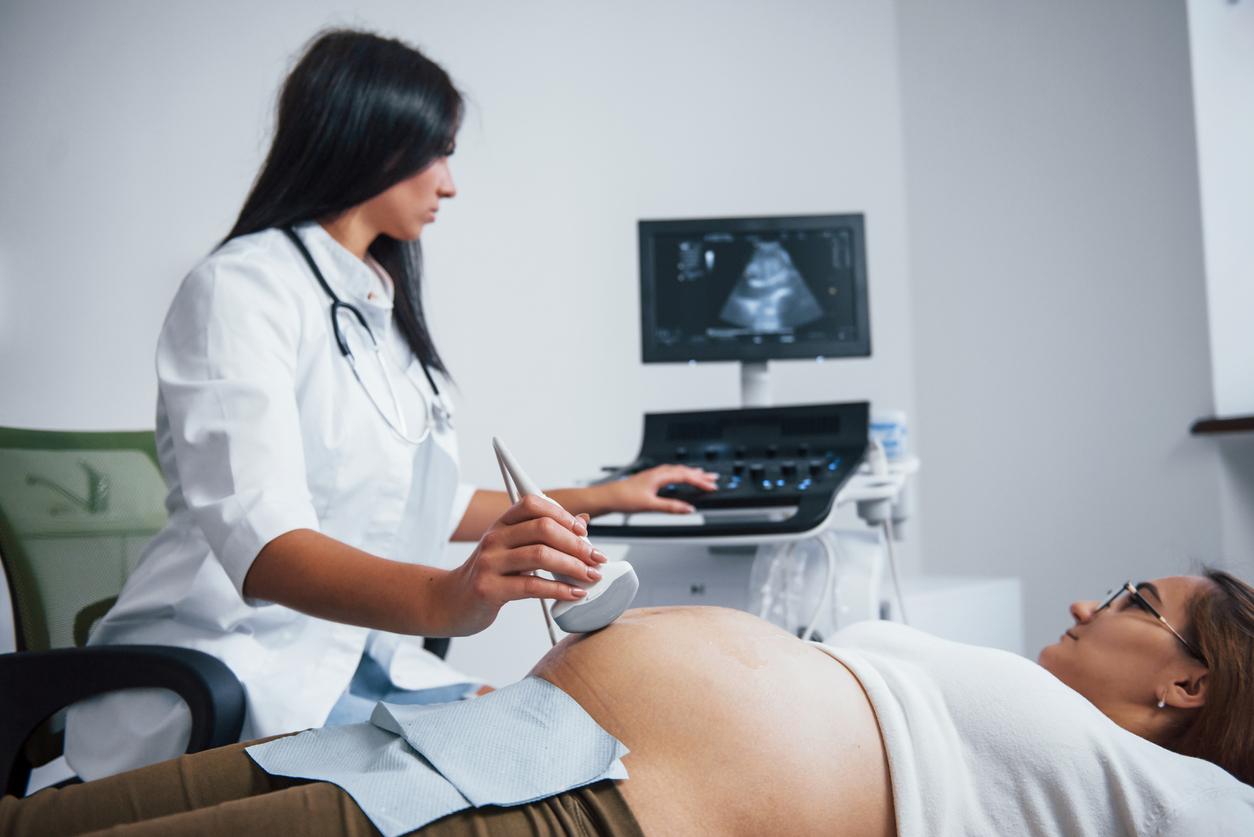The pathologies of the thyroid are diverse: hypothyroidism (when the thyroid is idling), hyperthyroidism (when it gets carried away), goiter or nodules. “The management of these pathologies raises questions about the relevance and quality of the examinations to be carried out” underlines the High Authority for Health which has just published, in collaboration with the National Professional Council for Radiology and Medical Imaging, recommendations on the use of examinations.
“For example, there is an almost systematic and sometimes unjustified recourse to ultrasound in the event of hyperthyroidism. which for the most part only require simple monitoring” insists the HAS.
Thyroid ultrasound should not be systematic
Abnormal functioning of the thyroid is common, especially in women. Either the gland secretes too many hormones, and it is hyperthyroidism, or it does not secrete enough and it is hypothyroidism. HAS specifies its recommendations for their management:
- For hypothyroidism which is more frequentultrasound is usually not indicated except in a few situations (palpable nodule or adenopathy; presence of signs of compression which cause difficulty in swallowing, breathing or speaking). Ultrasound can be discussed in other cases, for example when palpation is difficult or when the patient has a risk factor for thyroid cancer (exposure to irradiation during childhood, existence or history of cancer of the thyroid in a family member or certain rare genetic diseases).
- With regard to hyperthyroidism, imaging is not useful in Graves’ disease whose clinical presentation is typical. But ultrasound and scintigraphy are indicated in other cases.
Fine needle aspiration should be systematic in case of nodules
“Thyroid nodules are common, found in up to 50% of people in the general population. They are characterized by a localized lump in the neck in the thyroid gland.”They are most often painless, do not cause symptoms and are discovered during palpation of the neck or during an imaging examination for another cause (e.g. echo-doppler of the carotids, chest CT scan, etc.)“ underlines the HAS.
In 90% of cases, the nodules are benign and only require simple monitoring. But to better follow them, it is necessary to measure the degree of malignancy of the nodules. The HAS therefore recalls that theUltrasound is the reference examination to characterize the nodule and that it must be coupled with scintigraphy in the event of low TSH. This makes it possible to determine which nodules should benefit from fine needle aspiration.
>> Fine needle aspiration is a simple gesture, usually little or no pain (comparable to a blood test), which consists of inserting a very fine needle through the skin into the nodule. It does not require local anesthesia, the pain being moderate, comparable to that of a blood test.
“The subsequent course of action (new cytopuncture, clinical and ultrasound monitoring or thyroid surgery) will depend on the ultrasound characteristics and the results of the cytopuncture” explains the HAS.
Read also :
- 6 tips to avoid thyroid disorders
- Hypothyroidism: “Changing my diet allowed me to stop the treatment”
- An epidemic of thyroid cancer due to overdiagnosis
















